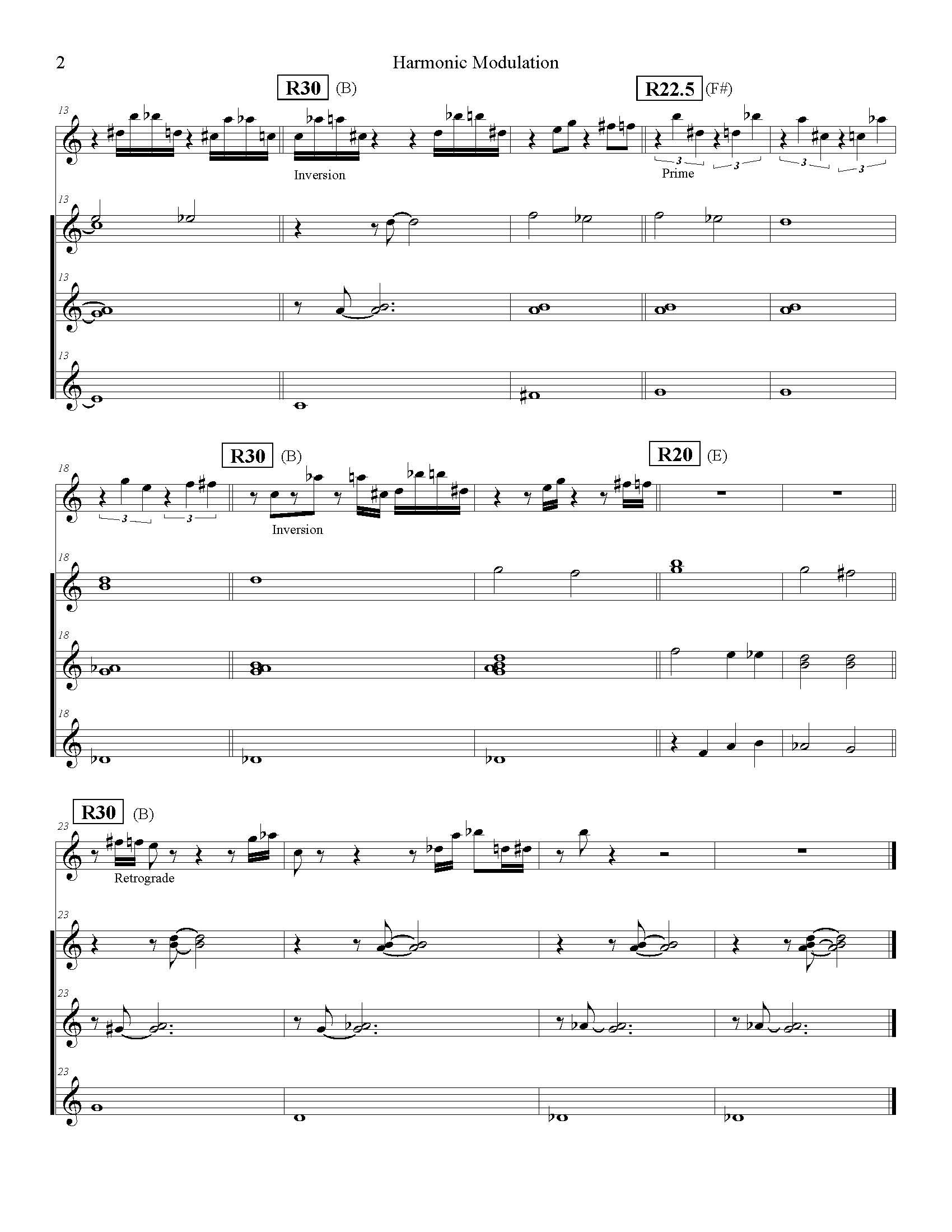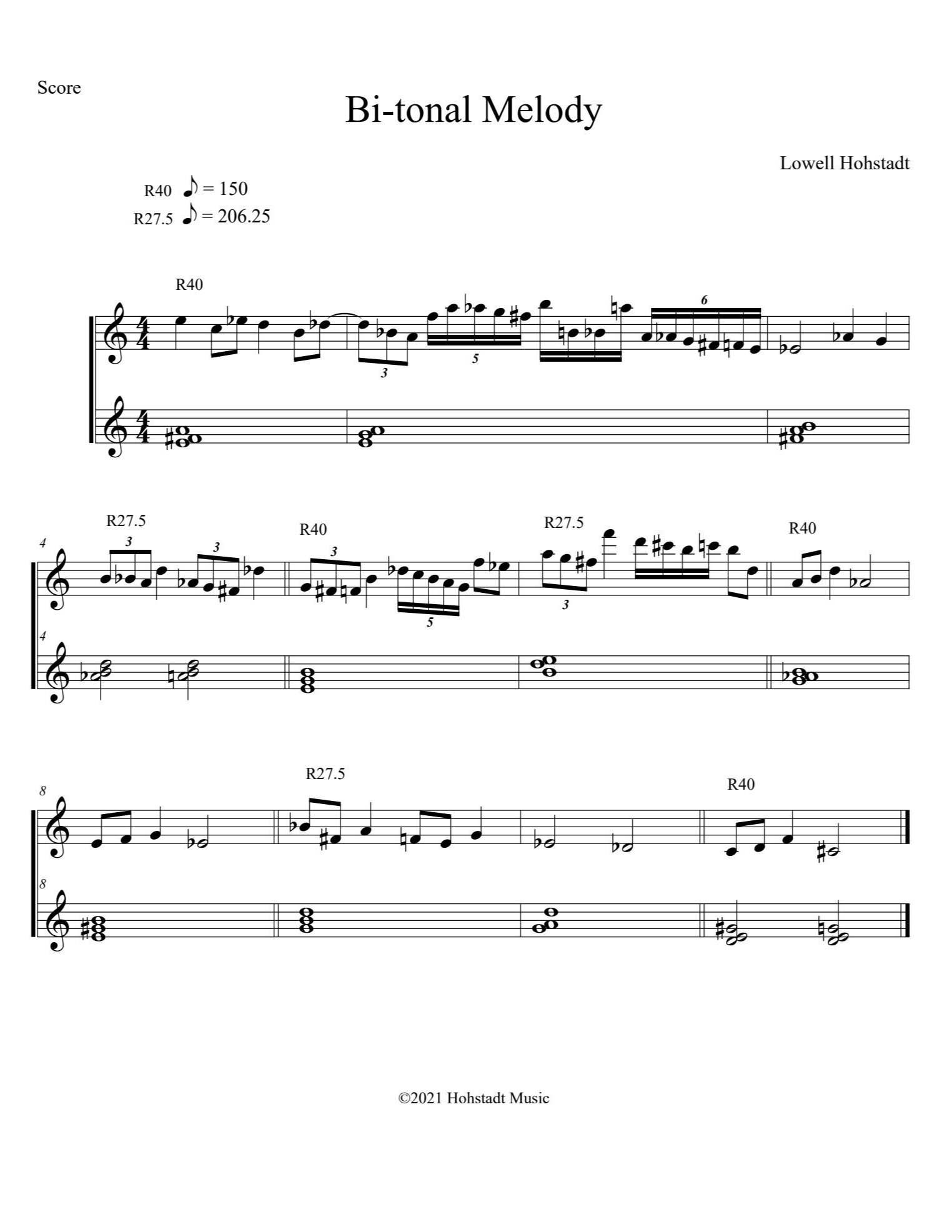String Quartet #2
String Quartet #2
I wrote this when I was about eighteen years old, while still living in New York City, working on my Bachelor’s degree from Juilliard. The many string quartet performances I had attended in the New York area, as well as at Meadowmount Summer Music camp, put a desire in me to stretch forth and write for the medium.
I was elated to have it recorded a couple years later by the Thouvenel String Quartet. In 1985, it was choreographed by Anthony Ferro, named “Novella Blanc.”



